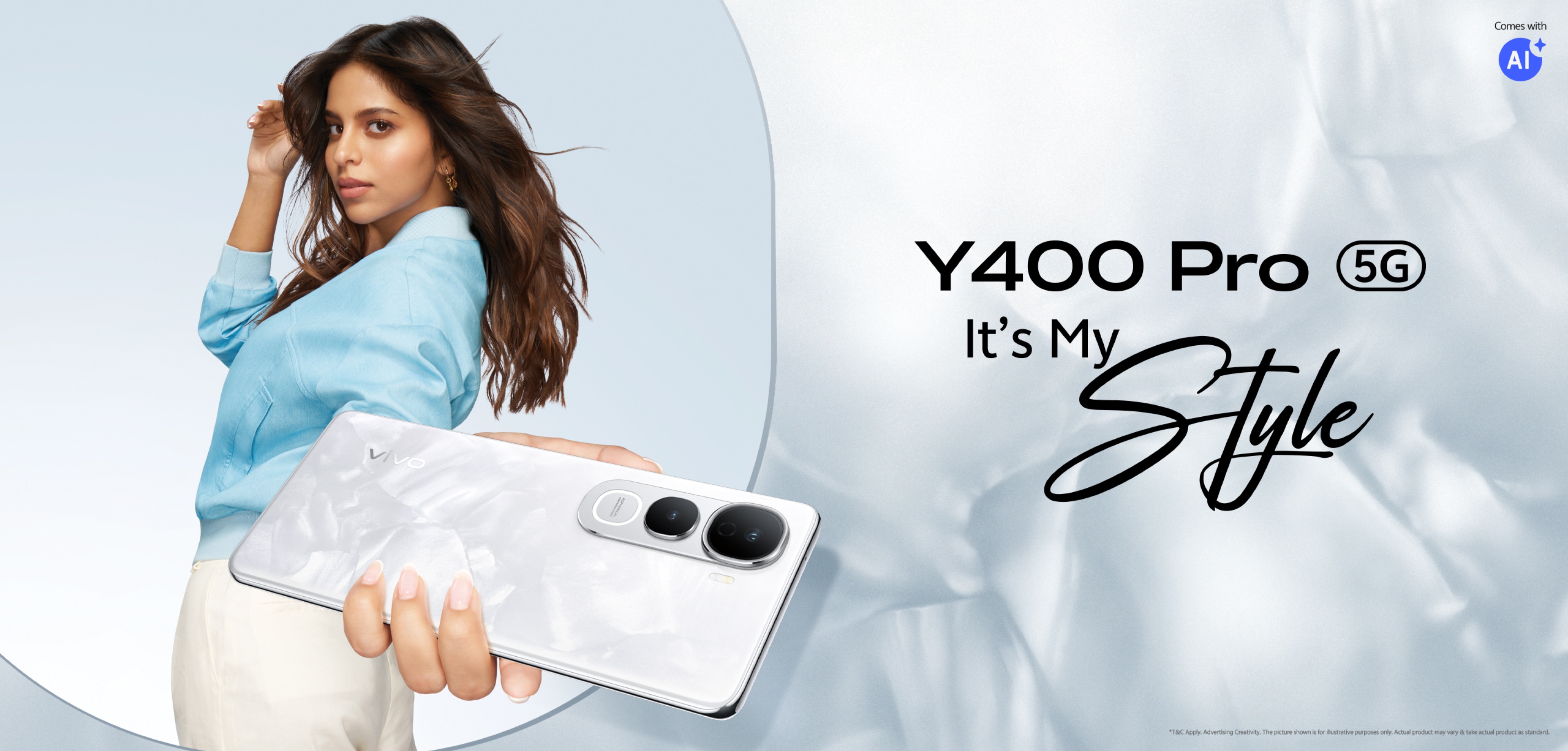Oppo Find N5 vs Samsung Z Fold
 Ultra-Thin Foldable Innovation
Ultra-Thin Foldable Innovation
Oppo has just launched a foldable phone that’s so thin it only just fits a USB-C port. I’m not exaggerating — the inside of a USB-C port is 2.4 mm; once you add in the structural housing, you get to about 4 mm.
The Oppo Find N5 is 4.2 mm thick when unfolded, and somehow that’s not even the best bit. It’s also meant to be much faster than the competition with a longer battery, better cameras, along with just a whole load of tech that no one expected — like new signal enhancement, the most powerful image generation that I’ve ever seen on a phone, and even the ability to integrate into the Apple ecosystem. So let’s pin it head-to-head against Samsung, who makes the best-selling foldables, to find out if Oppo is actually about to massacre the market.
Unboxing Experience
Right from the off, Oppo lands its very first blow when it comes to the unboxing. This is what you get: an 80W charging brick, a USB-A to C cable, and a case — which does feel premium but also very light. I guess that makes sense, since designing a phone like this and then slapping a chunky case onto it would be very ironic.
Now compare that to Samsung’s package, which literally just comes with the phone and a USB-C cable. You’re getting about $80 of extra free value in the box with Oppo, plus a pre-installed screen protector on the front — one of those things that probably cost them about 50 cents to do, but to you, the user, it’s one fairly major less thing that you need to worry about.
Build Quality & Durability

Oppo continues the onslaught when it comes to the build, and it isn’t close. Both phones have a tough custom aluminium alloy frame. They both have fantastic-feeling hinges that allow you to stop at almost any point in the motion. But then it kind of feels like Oppo runs away with it.
Their front display is imbued with ceramic, which we’ve seen on quite a few phones — does increase structural strength. It’s got better water resistance. While Samsung’s phone can take immersion, this thing can go further and actually take high-pressure jets and extreme temperatures to boot for my extreme lifestyle.
Zooming out for a second — the fact that it’s even close, let alone ahead in terms of durability, is quite insane considering that Oppo is also almost 30% thinner, in part thanks to some careful re-engineering of the motherboard. It’s 10g lighter, all while having a significantly less visible crease than Samsung.
Oppo is saying that the crease on this phone is 10% narrower and 50% shallower than the crease on their last phone — which was already great. It doesn’t look that different to me, but it’s clearly vastly superior to the Samsung, which you will notice every time you open the thing.
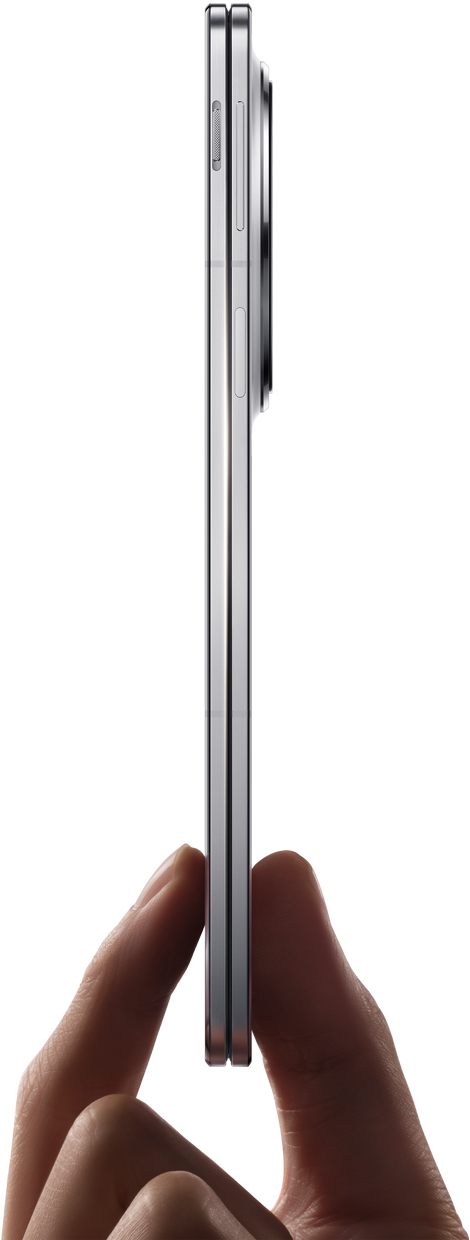
The only two downsides on the Oppo are that one — they’ve had to replace the glass on the back for a thinner fibre material, which they’ve masked pretty well with this whole marbly texture but does still feel a little plasticky. And two — for some reason, while Oppo decided to completely full-send this thing in terms of water resistance, they’ve got no certification in terms of dust resistance, while Samsung does have a basic IP4 rating.
Battery & Charging
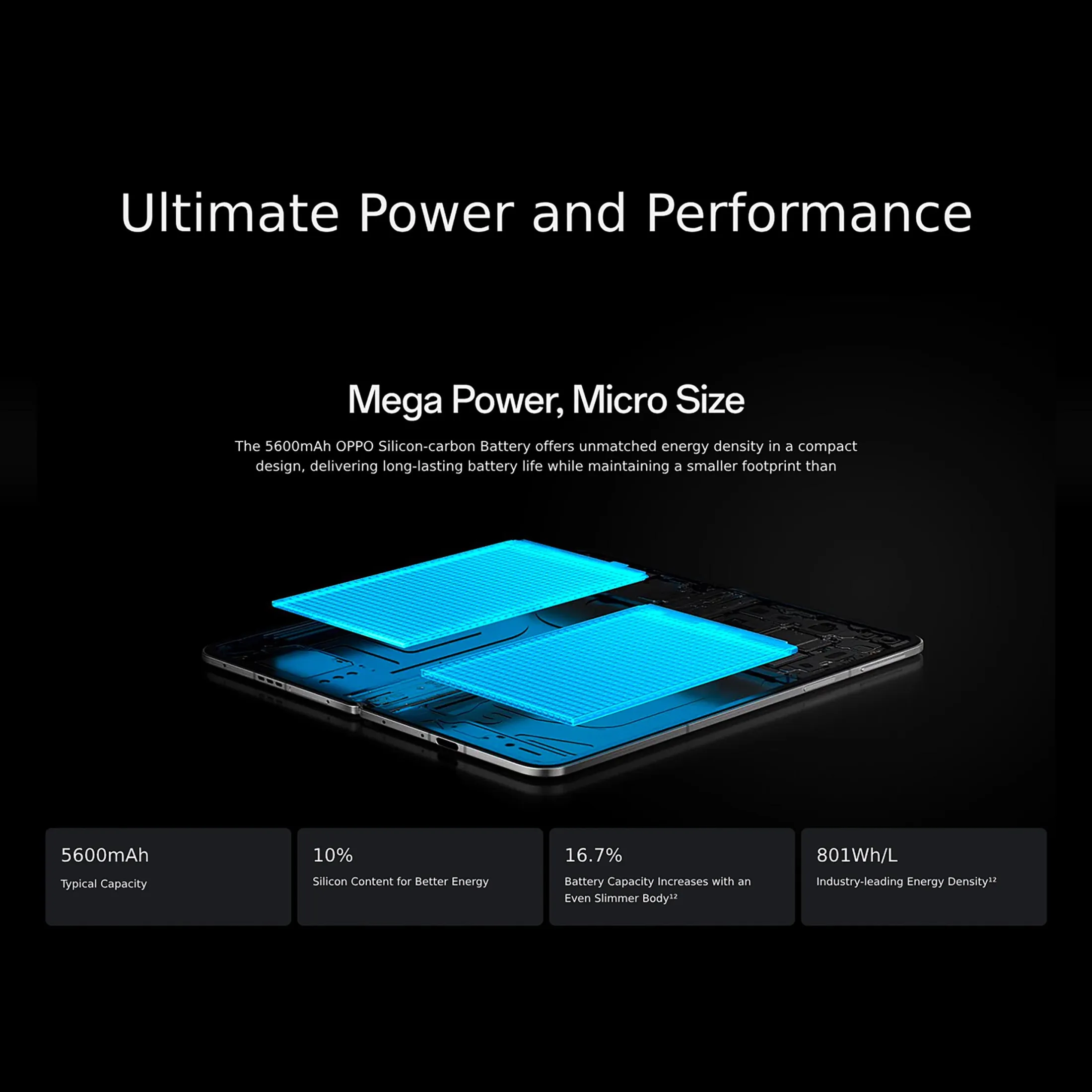
Then you take the phones out into the real world, and you start to notice something kind of unusual when it comes to battery. The Oppo uses a brand-new type of battery that we’ve only really started seeing recently — a silicon carbon battery with the highest silicon content so far.
You can think of silicon carbon batteries as just more energy-dense than traditional lithium-ion batteries. So what this means is that within less space, this phone has managed to squeeze in a 5,600 mAh capacity compared to Samsung’s 4,400 — that’s a massive difference.
Now I did find that if you push both phones to their limit, then the Oppo will still actually drain just as fast as the Samsung. That kind of makes sense, given that the chip on this phone can draw more power, and silicon carbon batteries are better at providing that power.
But if you assume average use — bit of gaming, bit of social media, bit of browsing and music — Oppo will outlast Samsung 10 times out of 10. Not to mention the other flip side of this more conductive battery is faster charging.
While Samsung takes around 90 minutes to fully charge, Oppo takes about 50 — and remember, in that time it’s charging up a 25% bigger cell. Plus, faster wireless charging too: 50W versus 15W, which frankly is just embarrassing for Samsung since Oppo is doing all that with a new coil specifically made for the phone because it’s 40% thinner than normal.
Display Superiority
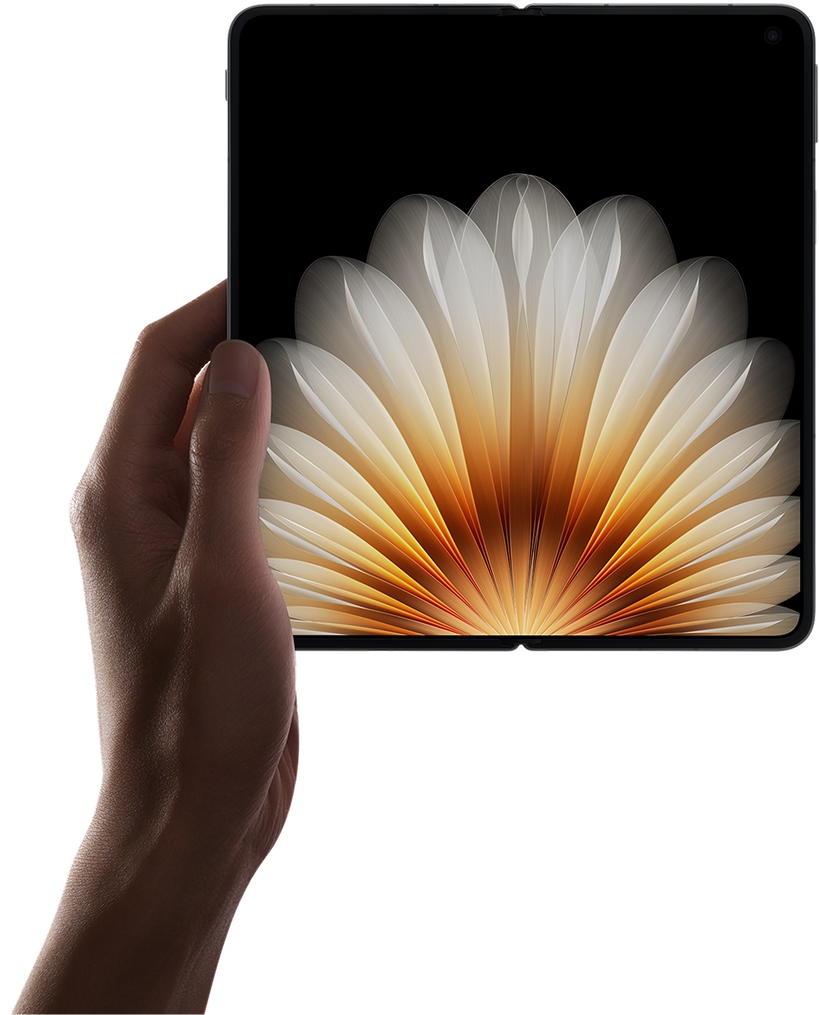
Okay, so that’s four points to Oppo, zero to Samsung. But fine, Samsung’s got screens at least, right? I mean, that’s kind of what they do — literally every TV in this house is a Samsung TV.
Nope. And it’s really funny, because Oppo has kind of just pulled a Samsung here. When you open both phones up, you’ll immediately notice that Oppo’s is the bigger screen, it’s higher resolution, and it’s largely speaking creaseless.
But as well as that, you know that anti-reflective screen coating that Samsung’s kind of become famous for on their S Series flagships? Well, Oppo has employed something very similar on their inner display here — and Samsung hasn’t.
This isn’t quite as effective as the anti-reflective coating Samsung uses on their bar phones, but it’s better than the no coating that they have on their foldables — actually making Oppo now the one with the more readable screen. Oh yeah, and the Oppo also has the better cover screen on the front.
Samsung display
If you look at Samsung in isolation, it feels like they’re making really good progress here. Their first foldable looked like this, and each generation we’ve seen this cover screen get a little bigger, a little closer to the edges, and the hinge on the side being pulled in to more and more closely resemble just a normal bar phone.
But it’s only when you put it side-by-side with the Oppo that you’re reminded — oh yeah, this is a bar phone. Oppo is wide enough to feel like a genuinely natural aspect ratio for typing, it weighs almost the exact same as a standard iPhone 16 Pro Max, and it’s got normal phone thickness too — so I don’t feel like I’m carrying around a third leg in my pocket.
Seeing that you can have all of that suddenly reminds you Samsung isn’t quite there. I don’t really like these two weird-looking corners, and also Samsung’s displays are a bit brighter when you’re outdoors — but if I had to pick one, I would still, on balance, prefer the Oppo’s set of screens.
Performance Power
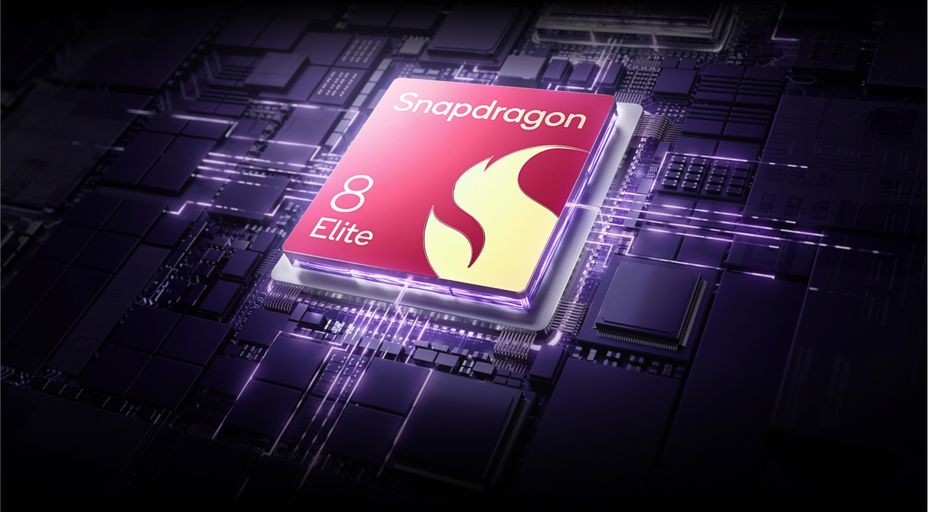
So, it’s turning into a bit of a bloodbath right now. What about performance?
Yeah, the Oppo has that too. The thing’s using the next-generation Snapdragon 8 Elite chip, as opposed to the Samsung, which uses last year’s chip. This is basically powered by the thing that you could expect Samsung’s next foldable (that will come out in the summer) to be powered by. And so it’s not hugely surprising to see that it came out a good 35% faster when we run a stress test.
But the thing that I thought was even more interesting here is that even though Oppo is the one that’s rocking the higher power consumption chip, that performance gap only widened with prolonged use.
By the end of this stress test, it was 50% faster than Samsung — which is frankly bonkers. It felt like such a huge jump that I had to rerun the stress test again to find not quite as large a gap, but still 40% by the end of the test.
Oppo Find X8 Ultra ! The BEST Camera Phone Today!
There’s a pretty decent chance that you’ll never even notice that 30–40% gap, because just scrolling around the homepages, Samsung is often the one that can feel a bit snappier — just down to the way they’ve tuned their animations.
But to me, it does feel like in all the areas where speed is important — like how fast apps open when you click them, how fast your camera shutter can capture shots, and how fast your image processing applies after you’ve taken those shots — Oppo is generally ahead.
 Ultra-Thin Foldable Innovation
Ultra-Thin Foldable Innovation

